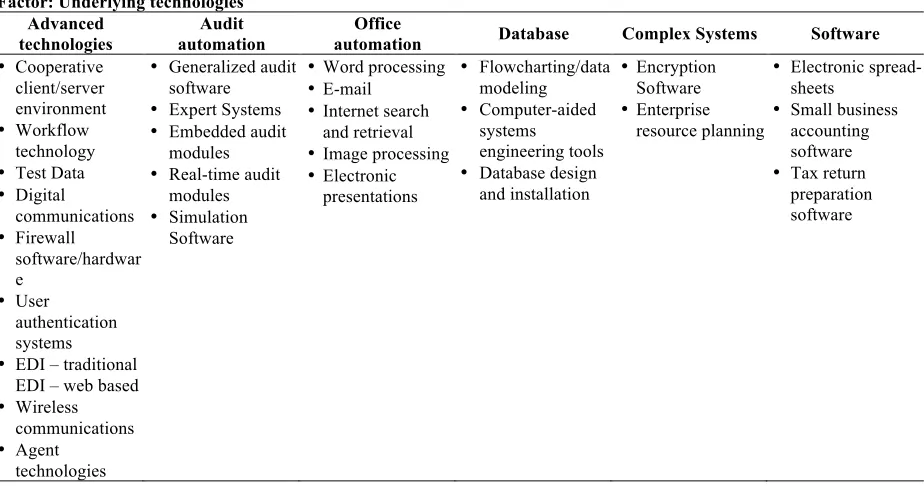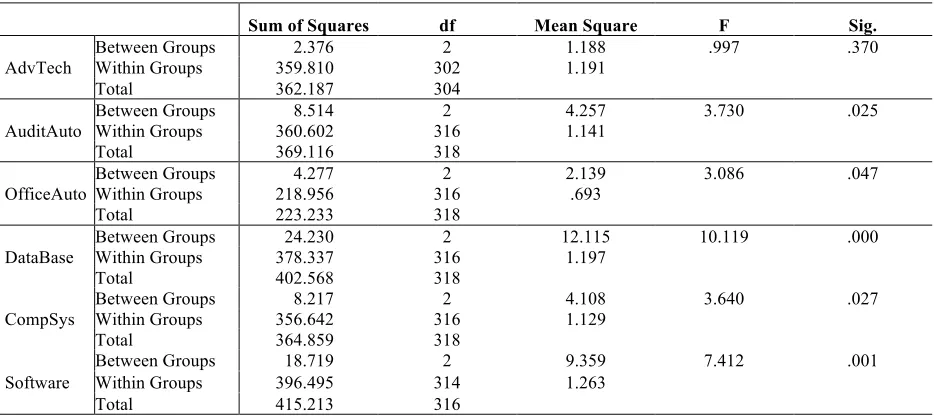IT Knowledge: What Do Accounting Students Think They Know? Do You Know More Than I Do? An Exploratory Study
Full text
Figure




Related documents
Standard Server Network and Application Analysis Software Intelligent Adapter Upstream Data Downstream Data Ethernet Network Connection Tap NETWORK ADAPTERS.. NICs are familiar
The explosion of the maquila industry in the region of Latin America is largely due in part to this FTZ arrangement, low labor costs, and many other advantages that
It attracted sixty participants from domestic workers’ organisations across the world, along with global and national unions, migrant workers’ support networks, labour
Premiums include all coverage from general liability, property and automobile insurance plus other coverage, including other liability insurance as well as environmental,
When applying risk man- agement to METT-TSL during mission analysis, leaders and staffs should look for hazards that affect both tactical and accident risks.. They must identify
(2016) HIV-related stigma and universal test- ing and treatment for HIV prevention and care: Design of an implementation science evaluation nested in the HPTN 071
Technically, the navigation paths together with the access elements are presented by a class model which can be systematically constructed from the navigation space model in two
A part from informing the wider audience of the structure of owner-built incremental housing cost in Tanzania, this paper argues that preference on such approaches is